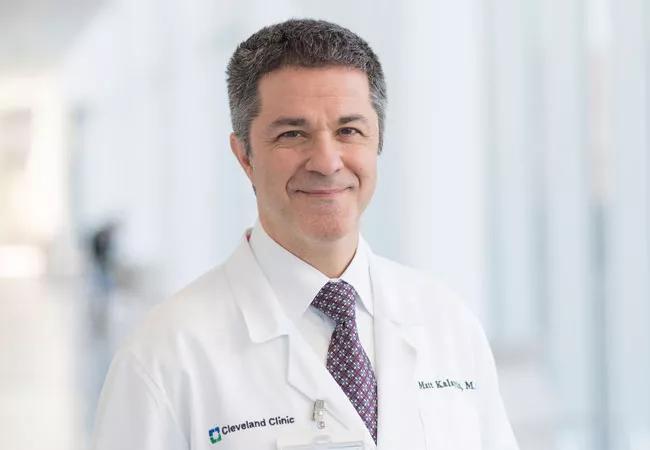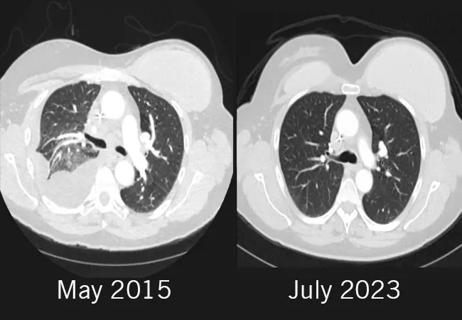A Cleveland Clinic physician defines the elusive term

Matt Kalaycio, MD, Chair of the Department of Hematology and Medical Oncology at Cleveland Clinic, offers principles to help the healthcare industry enable high reliability at the system and individual level in his latest editorial in Hematology News. Dr. Kalaycio, Editor in Chief of the publication, describes the disconnect between physicians and administrators when defining and prioritizing high reliability.
Advertisement
Cleveland Clinic is a non-profit academic medical center. Advertising on our site helps support our mission. We do not endorse non-Cleveland Clinic products or services. Policy
“When the Joint Commission on Accreditation of Healthcare Organizations came to our hospital for a survey last fall, our administration was confident that the review would be favorable. The Joint Commission was stressing the reliability of hospitals and so were we. We had chartered a “High-Reliability Organization Enterprise Steering Committee” that was “empowered to make recommendations to the (executive board) on what is needed to achieve the goals of high reliability across the enterprise.” High reliability was a priority for our administration and for the Joint Commission. Unfortunately, nearly no one else knew what high reliability meant.
When physicians think about reliability, we think about reproducibility and precision. What often is less clear, then, is what our administrators mean when they discuss the importance of “high reliability” in a hospital or health care system.”
Dr. Kalaycio offers five principles for organizations wanting to achieve high reliability, defined as reliable prevention or error, adapted from Managing the Unexpected: Resilient Performance in the Age of Uncertainty.
For individuals, Dr. Kalaycio argues that five similar principles, adapted from Unaccountable: What Hospitals Won’t Tell You and How Transparency Can Revolutionize Health Care, apply:
Advertisement
For more from Dr. Kalaycio on high reliability, read his editorial in Hematology News.
Advertisement
Advertisement

Timing and type of side effects differ greatly from chemotherapy

Dedicated multidisciplinary teams support 84 ultra-rare cancers

Sessions explore treatment advances and multidisciplinary care

New research from Cleveland Clinic helps explain why these tumors are so refractory to treatment, and suggests new therapeutic avenues

Combination of olaparib and carboplatin results in complete durable response for a patient with BRCA2 and “BRCAness” mutations

Early communication between oncologists and ophthalmologist warranted

Case-based course delves into latest treatment approaches

Long-term relationship building and engagement key to gaining community trust